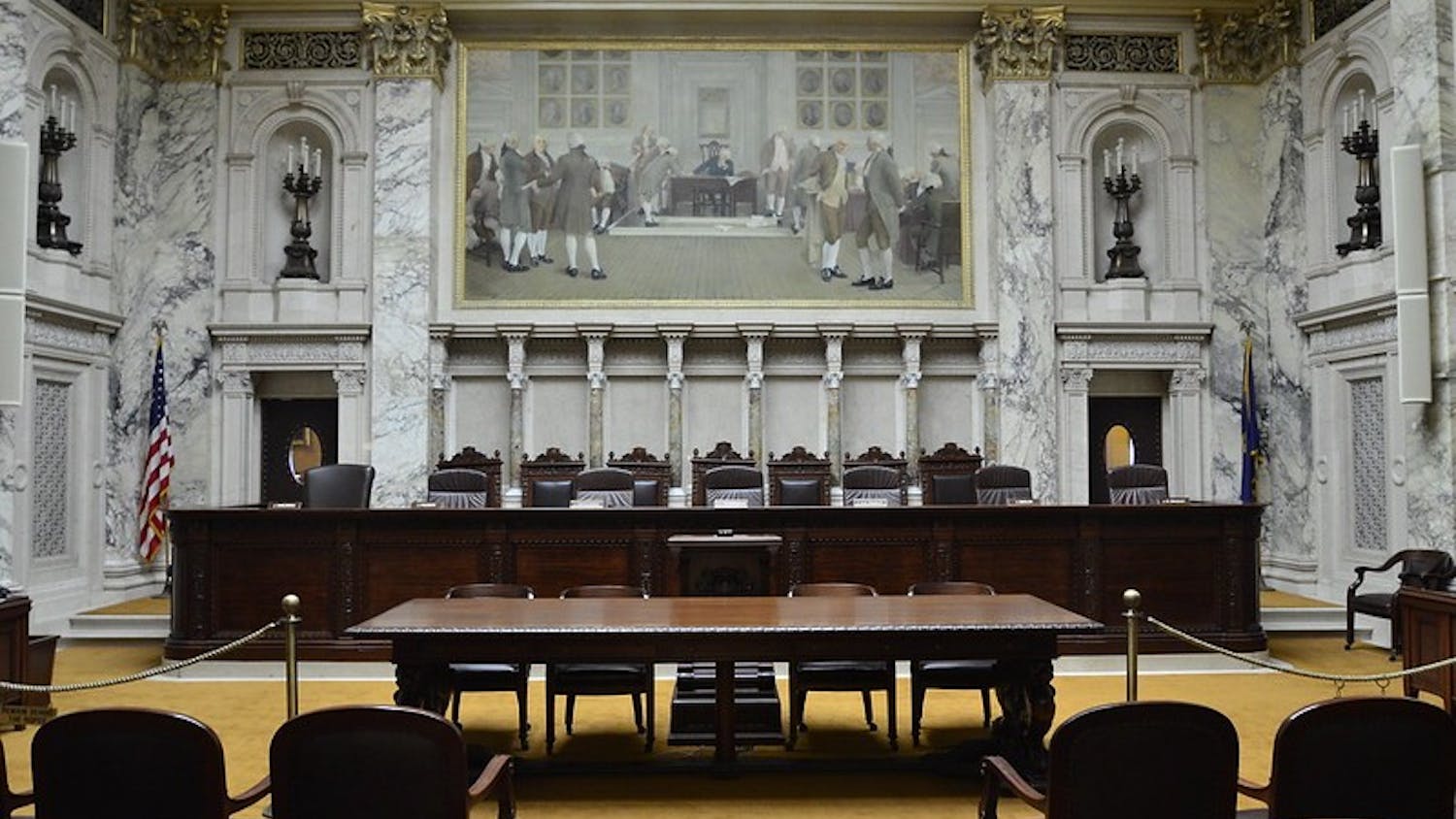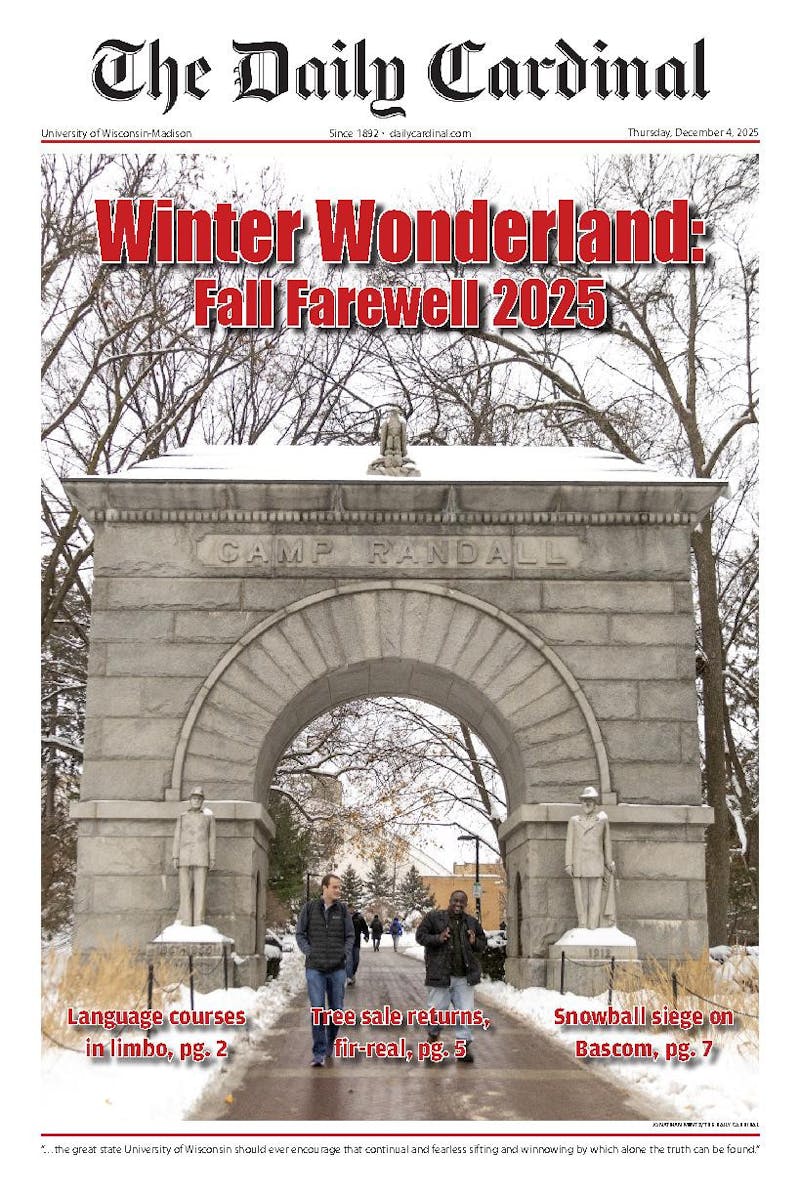Women's History Month began as International Women's Day, which was first celebrated March 8, 1911, to call attention to women's rights.
In the late 1970s many schools began to add women's studies to the curriculum because, although black American and Native American views had begun to be incorporated into American History, women's roles were not.
\Women's History Month started as a corrective because a lot of history left women out and people needed to be reminded that women played major roles in history,"" said Mariamne Whatley, chair of the women's studies department.
In Sonoma County, Calif., International Women's Day was included in Women's History Week in 1978.
Three years later Congress passed a resolution officially establishing Women's History Week, and in 1987 Congress expanded the week to the whole month of March.
On Feb. 28, President Bush read the proclamation for Women's History Month and calls ""upon all the people of the United States to observe this month with appropriate ceremonies and activities and to remember throughout the year the many contributions of American women.""
""These events are being held to raise awareness of Women's History Month,"" said Elizabeth Staudt, Campus Womens Center publicity coordinator. ""Women on campus don't have the chance to interact with women of different ages. The potluck is a chance for them to share stories and food. Every woman has a story.""
There are many resources on campus to learn about women including Women's Studies and Women's History. Whatley said both of the programs have outstanding faculty and graduate students, including professor emeritus of history Gerda Lerner, who helped set up the program.
""The goal of these programs is to expand on our understanding and appreciation of women's lives and experiences in history and contemporary society,"" Whatley said.
Women were first admitted to UW-Madison in 1863 and were allowed to study to become teachers. The 76 women that were admitted were allowed to attend lectures, but were not allowed in regular language, math and philosophy classes. In 1867 President Paul Chadbourne separated women into the Female College, but in 1874, President John Bascom closed the Female College and brought the women back to the university. In 1869 the first bachelor's degrees were awarded to women.
This year, women make up 53 percent of the student body.





